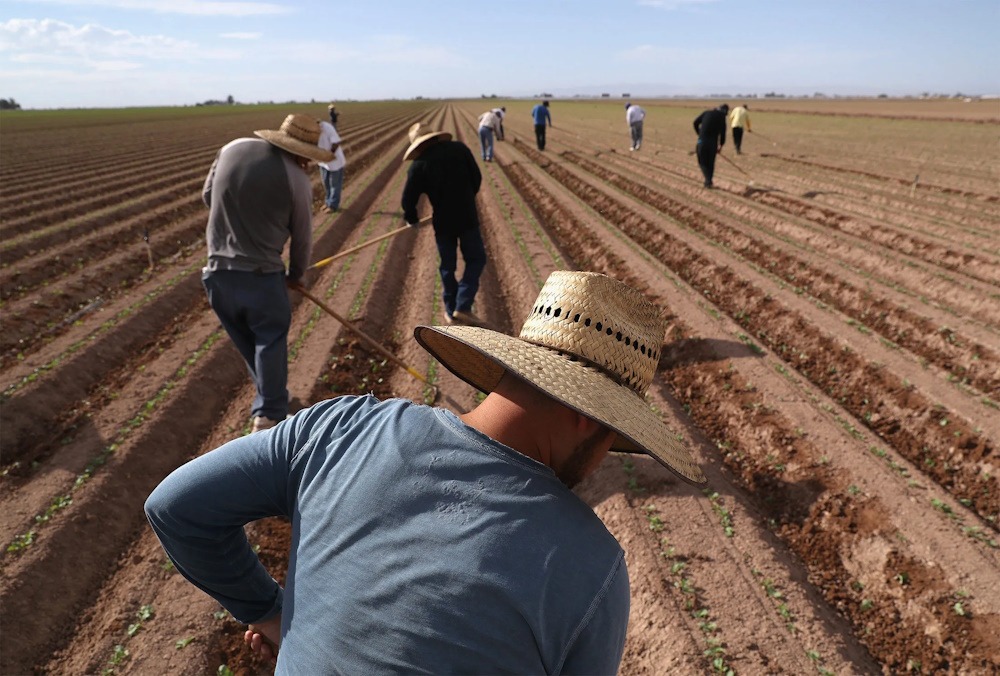The ongoing trade conflict presents significant advantages for Brazil and Argentina, particularly in the sectors of meat and grains. Brazil and Argentina are positioning themselves as early beneficiaries in the global trade conflict that is disrupting agricultural markets. The intensifying friction between the United States and China, the foremost supplier and consumer of agricultural goods, has presented an opportunity for South American countries to increase their exports of various products, including meat and grains, in an effort to capture a larger share of the global market.
The latest prospect appears to be in the meat sector. The tariffs imposed by US President Donald Trump on eight of the top ten beef importers in the United States have significantly altered trade dynamics, resulting in increased exports of Brazilian beef to halal markets such as Algeria and Turkey. Japan, the second largest importer of beef from the United States, is currently engaged in advanced negotiations to procure more affordable meat from Brazil. Any economic deceleration instigated by the trade conflict is likely to prompt international beef purchasers to redirect their sourcing towards more cost-effective suppliers, particularly Brazil, as noted by Datagro market analyst Guilherme Jank.
Currently, China’s transition away from American goods appears to be a significant catalyst for the export growth of Brazil and Argentina. In April, the Asian superpower placed a substantial order for soybeans from Brazil, thereby enhancing its competitive position in agricultural production relative to the United States. Additionally, it has recently finalized an agreement to resume poultry exports from Argentina. There is potential for a rise in shipments to Europe, as discussions regarding a trade agreement between Mercosur, the South American trade bloc, and the European Union are reportedly advancing, as noted by Marcos Jank, a senior professor of global agribusiness at Insper.
Producers of sorghum in Argentina are likely to experience advantageous price increases, given the limited availability of alternative suppliers for this grain utilized in animal feed. China holds the position of the leading purchaser globally, while the United States ranks as the foremost supplier. If trade restrictions persist into the fall, coinciding with the United States’ soybean and corn harvest, South American grain producers will be positioned to provide alternative supplies. “Should this situation persist into the fourth quarter, coinciding with the US harvest and the transition of soy and corn purchases by China and Europe, the United States will face significant challenges in exporting. Consequently, these nations are likely to continue sourcing from South America,” stated Ivo Sarjanovic, a former commodities trader and professor at the Universidad Torcuato Di Tella in Buenos Aires.
Nonetheless, fluctuations in prices within agricultural markets continue to pose a significant risk for all exporters. Initially, physical premiums for soybeans in Brazil and Argentina experienced an uptick following the tariff announcements; however, a potential global recession is expected to suppress demand, exerting downward pressure on futures prices. However, in that scenario, Jank from Datagro remarked, “it is more probable that an economy reliant on beef imports will opt for inexpensive beef rather than its pricier counterpart.”

